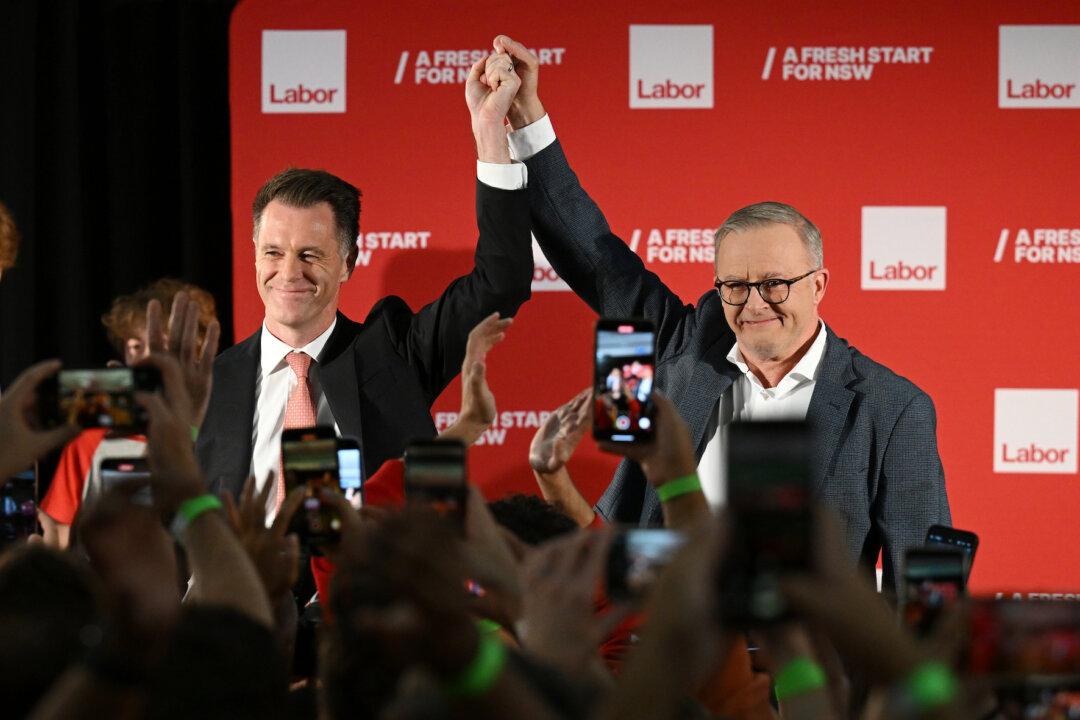Labor has secured a victory over the Coalition in the Australian state of New South Wales (NSW) for the first time in 12 years, but it’s unclear if Labor will form a majority government as they only had 46 seats so far and require 47 to hold a majority.
At present, this means that the Labor party will be reliant on independents Alex Greenwich from Sydney, Dr Joe McGirr from Wagga Wagga, and Greg Piper from Lake Macquarie, who have guaranteed to offer confidence and supply.




